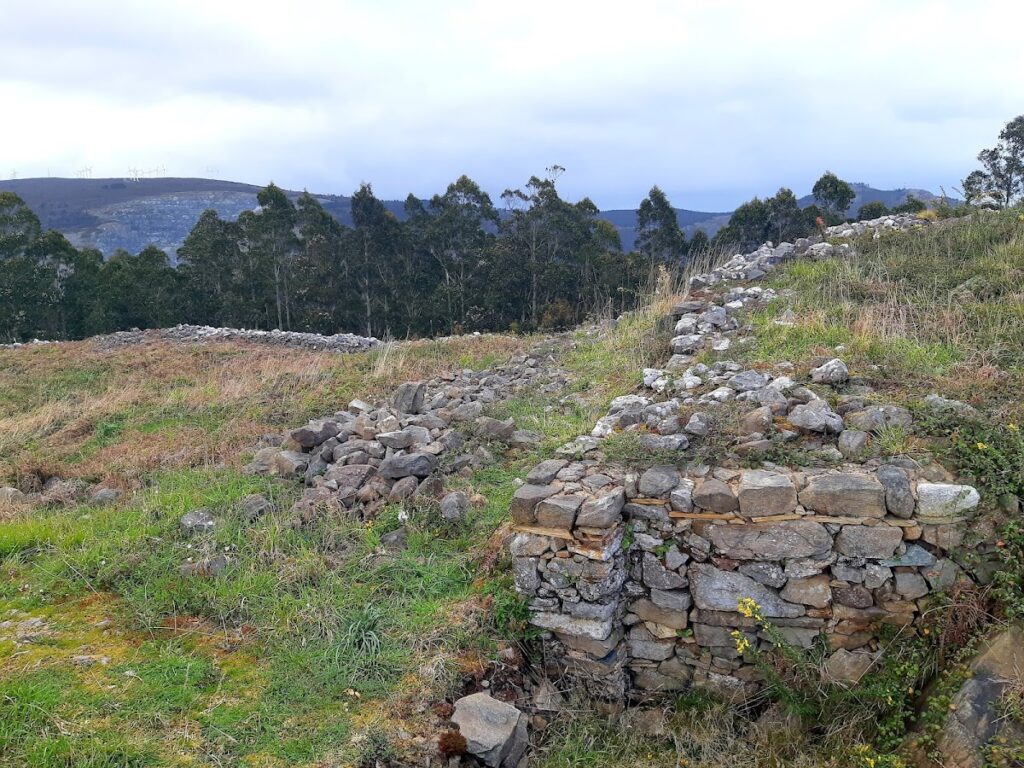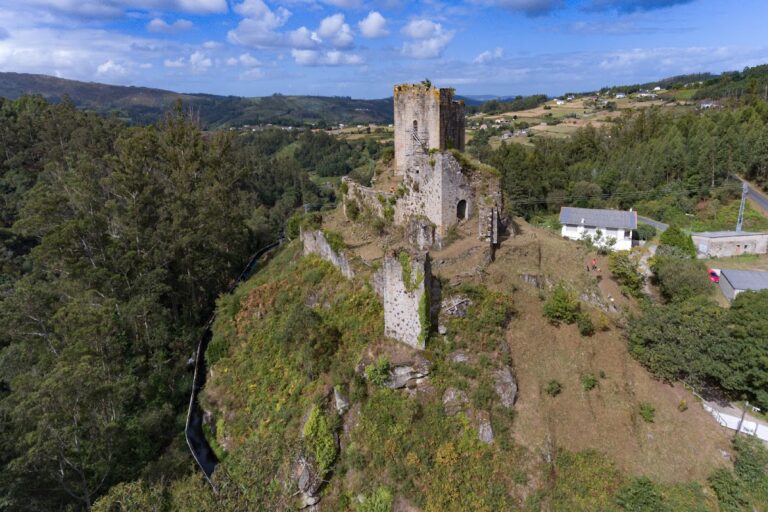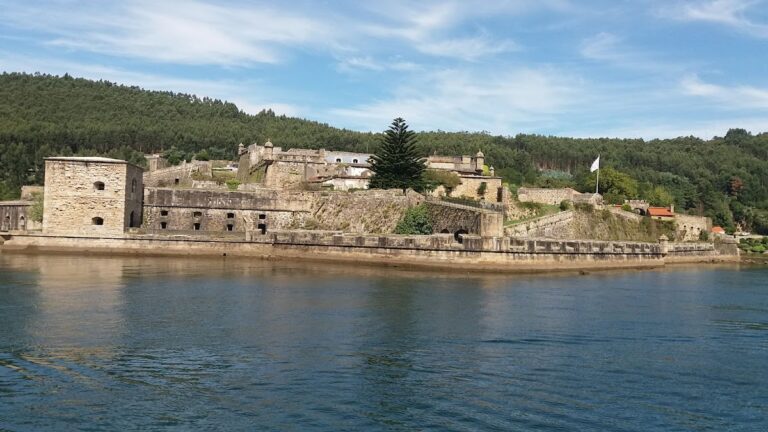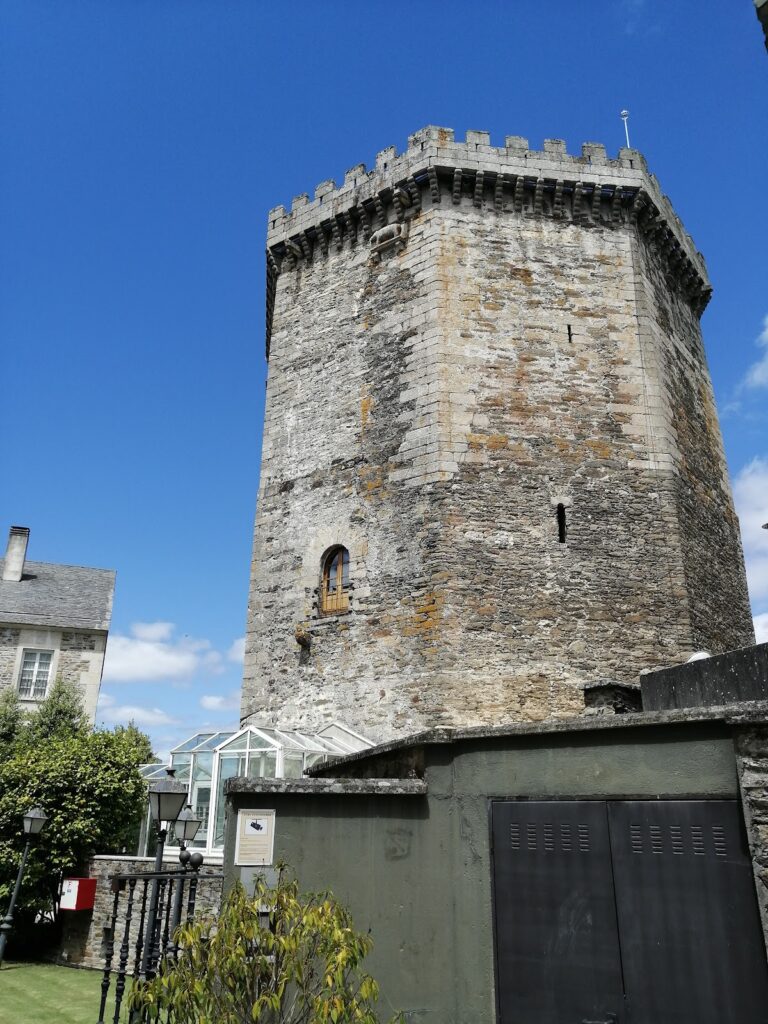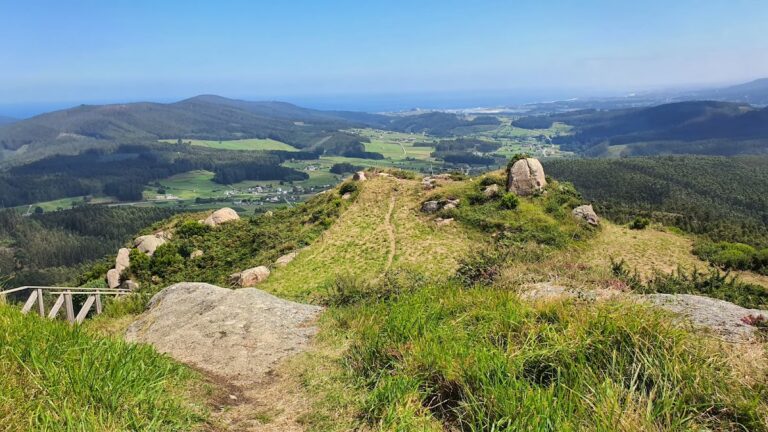Castillo del Casón: A Medieval Fortress in Ortigueira, Spain
Visitor Information
Google Rating: 3.8
Popularity: Very Low
Google Maps: View on Google Maps
Country: Spain
Civilization: Unclassified
Remains: Military
History
The Castillo del Casón is situated within the municipality of Ortigueira, Spain. Its origins are tied to medieval defensive needs, although it likely incorporates elements from earlier inhabitants of the region. Archaeological studies indicate the fortress was established by medieval builders on the foundation of a pre-existing castro, an ancient fortified settlement characteristic of pre-Roman communities in northwestern Iberia.
The earliest phase of occupation at the site dates back to the era of the castro culture, marked by fortified hilltop settlements used for protection and control of surrounding territories. Over time, as medieval kingdoms developed and sought strategic military positions to oversee important waterways, the castle was constructed, adapting the older fortifications into a more complex defensive stronghold. This medieval fortress played a role in monitoring the ría of Ortigueira, a significant estuary providing access and surveillance of maritime activities.
While specific rulers or military events directly linked to the castle have not been identified, the site’s location and design emphasize its function as a regional watchpoint during the Middle Ages. Its enduring presence on the hill highlights a continuity of defensive use from the castro period through medieval times, marking the evolution of regional control and military architecture.
Remains
The Castillo del Casón occupies a commanding position on a hill rising 291 meters above sea level, taking advantage of the natural terrain and nearby streams to enhance its defenses. The layout reflects both its original castro roots and later medieval adaptations. Archaeological excavations have uncovered remnants of walls encircling the site, constructed to provide protection against attackers. These defensive walls were carefully built and once coated with whitewash, a lime-based finish known as encalado, which would have helped preserve the stonework and possibly signaled maintenance or status.
In addition to the walls, several ditches or dry moats (known as fosos) surround the castle, reinforcing its security by creating obstacles for assailants. The presence of the Casón and Landoi streams on either side of the site further enhanced its natural defenses and shaped its position within the landscape.
Recent archaeological work has brought to light two towers (torreones) that flank the fortress, offering elevated vantage points to extend visual coverage over the estuary below. These towers are integral to understanding the castle’s defensive capacity, as they would have housed guards monitoring the estuary and its approaches.
Together, these features demonstrate a thoughtfully planned defensive complex that combined natural topography with constructed fortifications to exert control and ensure surveillance of the ría de Ortigueira. Today, the remains of walls, ditches, and towers provide tangible evidence of the site’s long history as a strategic military installation.

